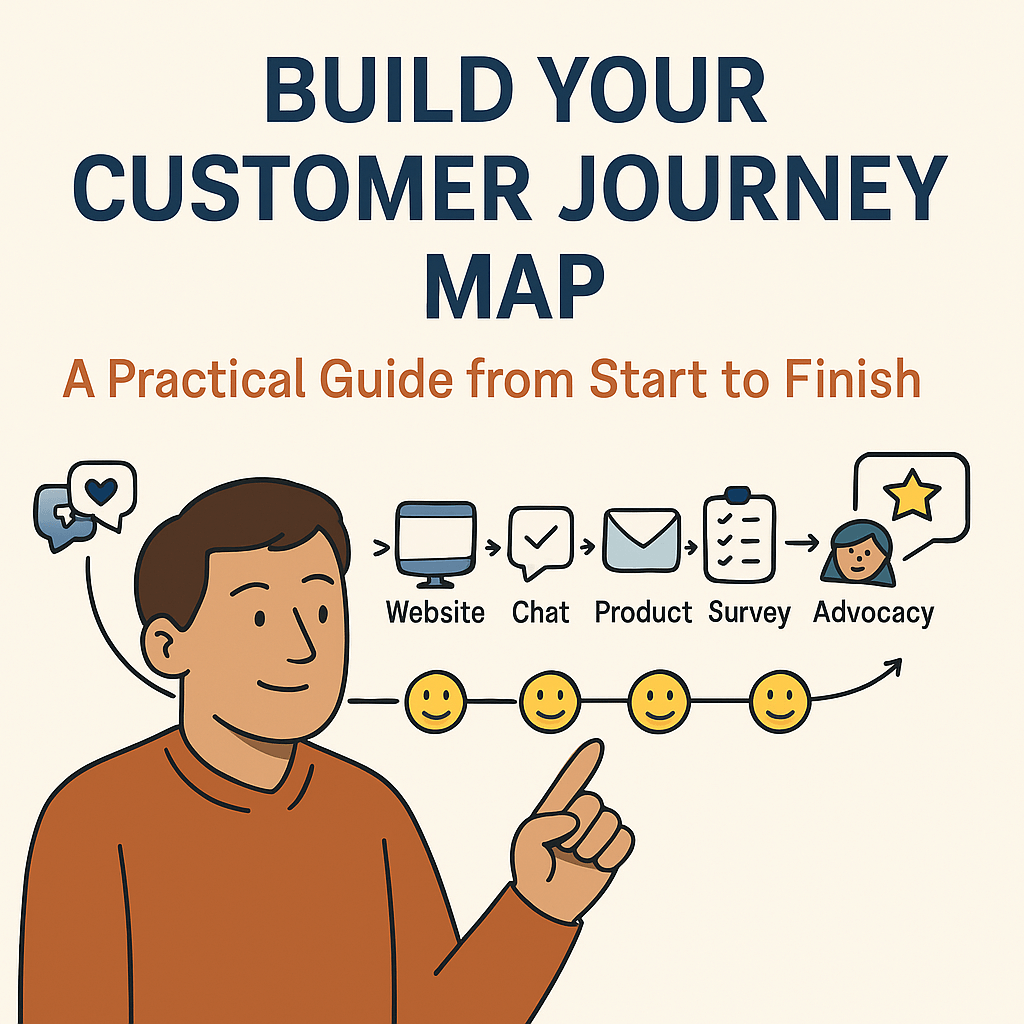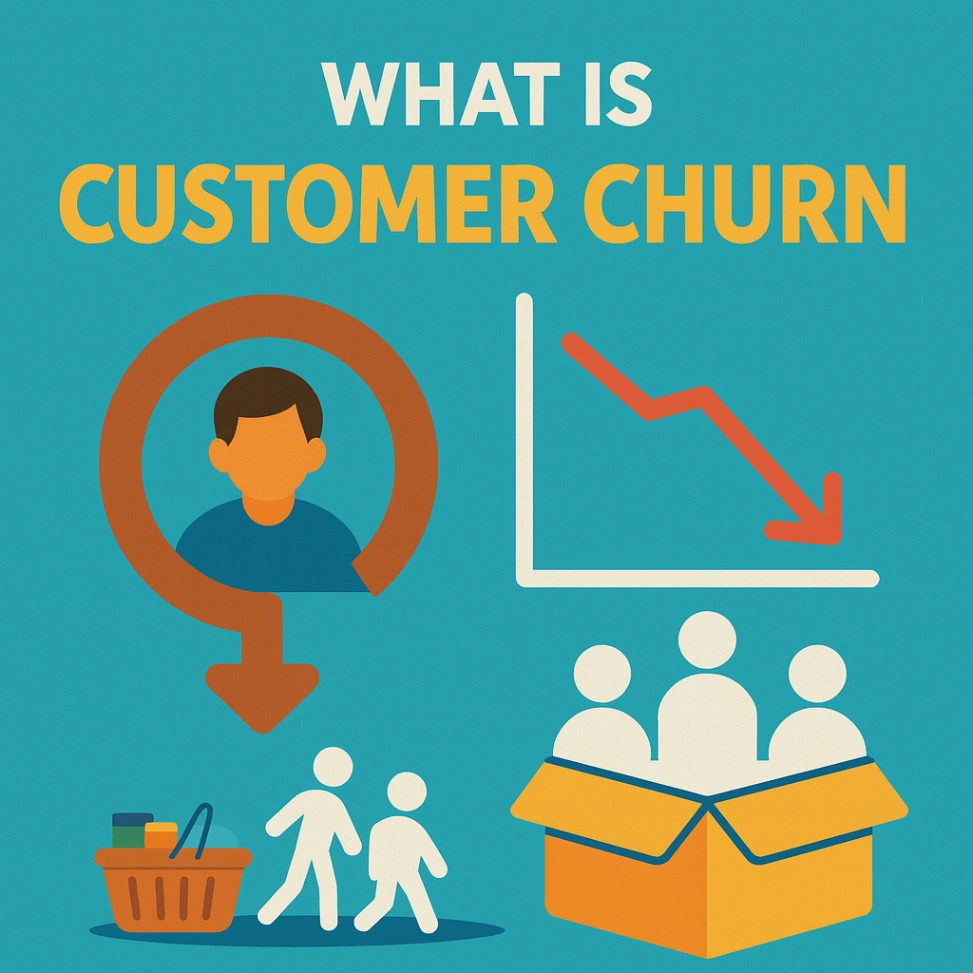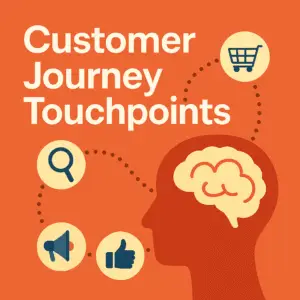
5 Essential Stages of the Decision-Making Process for Marketers (With Actionable Tips)
Understanding how consumers make decisions is vital for successful marketing. From the moment a need arises to the post-purchase experience, every step in the decision-making process influences what people buy, when they buy it, and why. Whether you’re a marketer looking to boost conversions or a business seeking to build customer loyalty, knowing the five stages of the consumer decision-making process can help you steer choices and achieve better results. In this guide, we’ll take a closer look at each stage, explore what impacts consumer decisions, and share effective strategies













